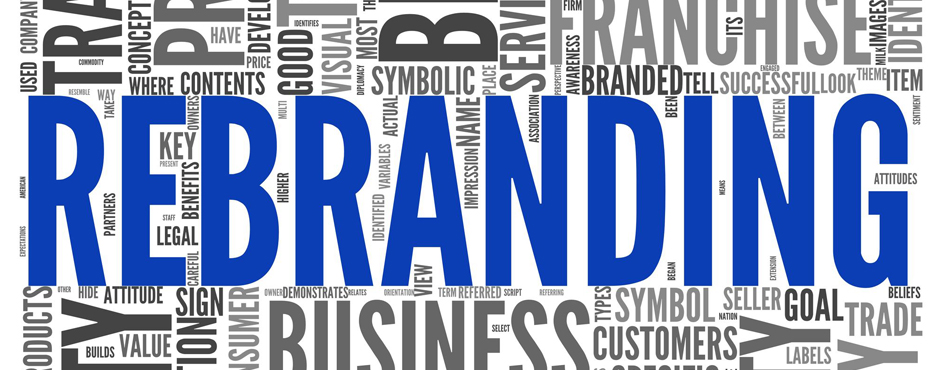So your business made it off the ground, you’re generating revenue, but you’ve hit a roadblock with your growth and revenue. Perhaps it’s too niche or misleading, or tied to a geographic location – what to do? Re-branding your company requires careful consideration and planning in order to achieve a successful outcome and take your business to the next level. But this also involves a lot of risks.
Be aware of all the risks of re-branding before you start the process. As a marketer I know how quickly you can get caught up in design and other issues, just don’t let it get you! Re-branding is more than changing a logo or adding bolder images. It is also about researching and understanding the consumer, analyzing changes in target markets when exploring opportunities for brand expansion and repositioning.
Yet, even when forewarned, many still make some common mistakes. Here are the top 5 mistakes to avoid:
- Re-branding without research
Put money and time into researching the consumer’s perspective on the product or service. What do (don’t) they like, what attracts them etc. - Wrong assumption “A brand is just a logo”
Your brand is more that just a logo. A brand integrates all aspects of your business; everything from look, feel, culture, tone, voice, product quality, customer care… leading to consumer perception. - Getting started without a plan
Make sure you have a plan from start to finish. From research and analysis to setting up time frames, to identifying metrics for assessing results (ROI). - Not leveraging existing brand equity
A company with high brand equity may not need to undergo a big transformation… or rather, shouldn’t need to go through a huge transformation. When you have a strong brand equity… tread softly and lightly. However you do it, make sure the current brand equity stays strong! - Getting buy in internally prior to external.
Getting employees to understand the reason and goal of re-branding is very important because they will have to sell it to the consumers. This is equally more important in lieu of social media. Internal branding is increasingly important as each employee is a brand ambassador. In short, if they don’t believe it, neither will the consumer.
Going through a re-branding is and can be very challenging. It’s not so much setting the goal, but reaching it successfully. Having gone through a major re-branding I can only say that walking the talk is monumentally important. The re-branding that I was involved in failed miserably on convincing internal people that the change was necessary. The bigger the company, the more time is needed to make sure everyone is informed and all understand why there needs to be a change. If they understand, they will be able to explain it to the consumer. If you believe it, you will show it!
A successful re-branding requires a vision that inspires consumers, investors and others to see the company in a new light. We can learn from other companies who have gone through re-branding. This could be a successful re-brand or even a failure, if we learn from them we will not make the same mistake. Check out the 10 most successful re-branding campaigns ever. This article not only shows how they did it, it also let us know the lesson to be learned. Very interesting!

